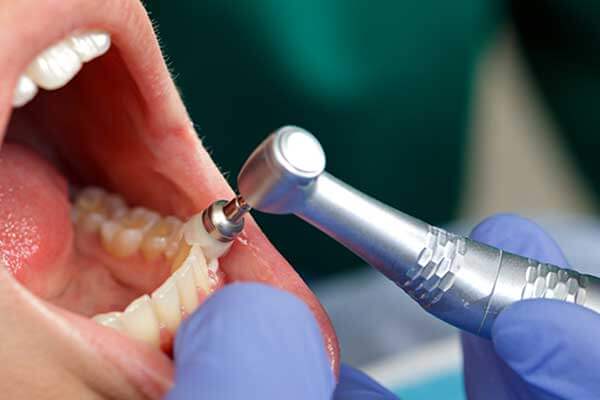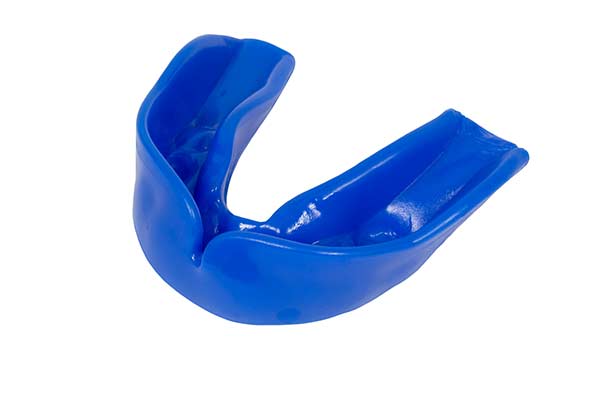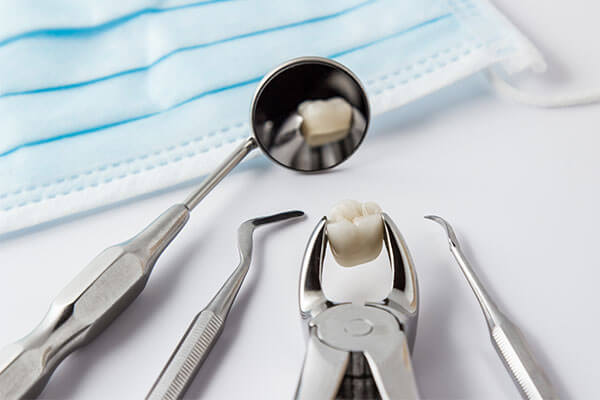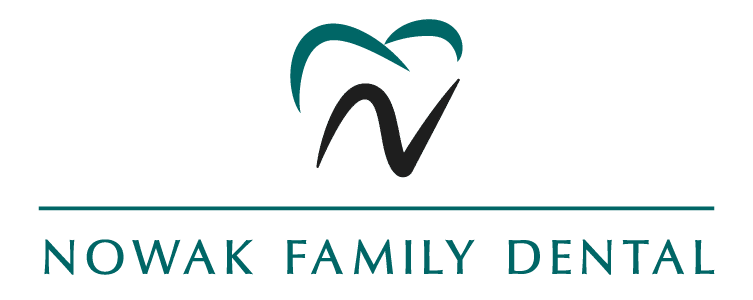General Dentistry in Melrose, MA

The goal of preventive dental care is to keep your teeth and gums healthy so restorative treatments are not needed. It’s recommended that all patients visit the dentist every six months for oral exams and cleanings. With regular dental visits, we can identify minor issues while they are easy to treat and prevent future dental problems from starting.
Comprehensive Evaluation / Oral Examination
During your oral examination, the doctor will visually inspect your mouth, head, and neck for abnormal growths and lesions. We also use photography, radiographs and sometimes additional scans and imaging to provide us with a more complete look at your teeth and jaw, allowing us to detect cavities, compromised dental restorations, gum and bone recession, and other issues within the mouth, head, and neck area.
Cleaning

During your routine dental visits, your teeth will be cleaned. Also known as oral prophylaxis, dental cleanings remove plaque and tartar from the surfaces of the teeth using specialized instruments. An ultrasonic device uses vibrations to loosen large pieces of tartar and hand tools are used to manually remove smaller deposits and smooth the surfaces of the teeth. Finally, teeth are polished because a smooth tooth surface makes it harder for new deposits of plaque to form. Dental cleaning is important because plaque and tartar harbor bacteria; this bacteria feeds on sugar and releases acid into the mouth that weakens tooth enamel, setting the stage for cavities.
Custom Mouth Guards

If you or your child participates in a sport, consider a custom-made mouth guard an essential piece of equipment. Mouth guards cover the gums and teeth to protect the lips, gums, teeth, and arches. When a mouth guard is custom-fit, it can reduce the severity of dental injuries.
Scaling and Root Planing
Scaling and root planing is a non-surgical procedure used as the first line of treatment for gum disease. It involves removing deposits of plaque and tartar from below the gum line, then smoothing the surface of the tooth roots to encourage the gums to reattach, eliminating pockets where plaque and tartar collect.
Root Canal Treatment
Root canals, also known as endodontic treatment, are needed when damage or decay reaches the pulp of the tooth. During this procedure, the pulp of the tooth is removed, the chamber of the tooth is cleaned, and a rubber-like material is used to fill the space where the pulp used to be. A filling, crown, inlay, or onlay is used to seal the tooth once the root canal is complete.
Extractions

When a tooth cannot be saved with restorative dentistry, it may need to be removed. We use anesthesia to numb the area, then the tooth is loosened from the jawbone and gently extracted.



